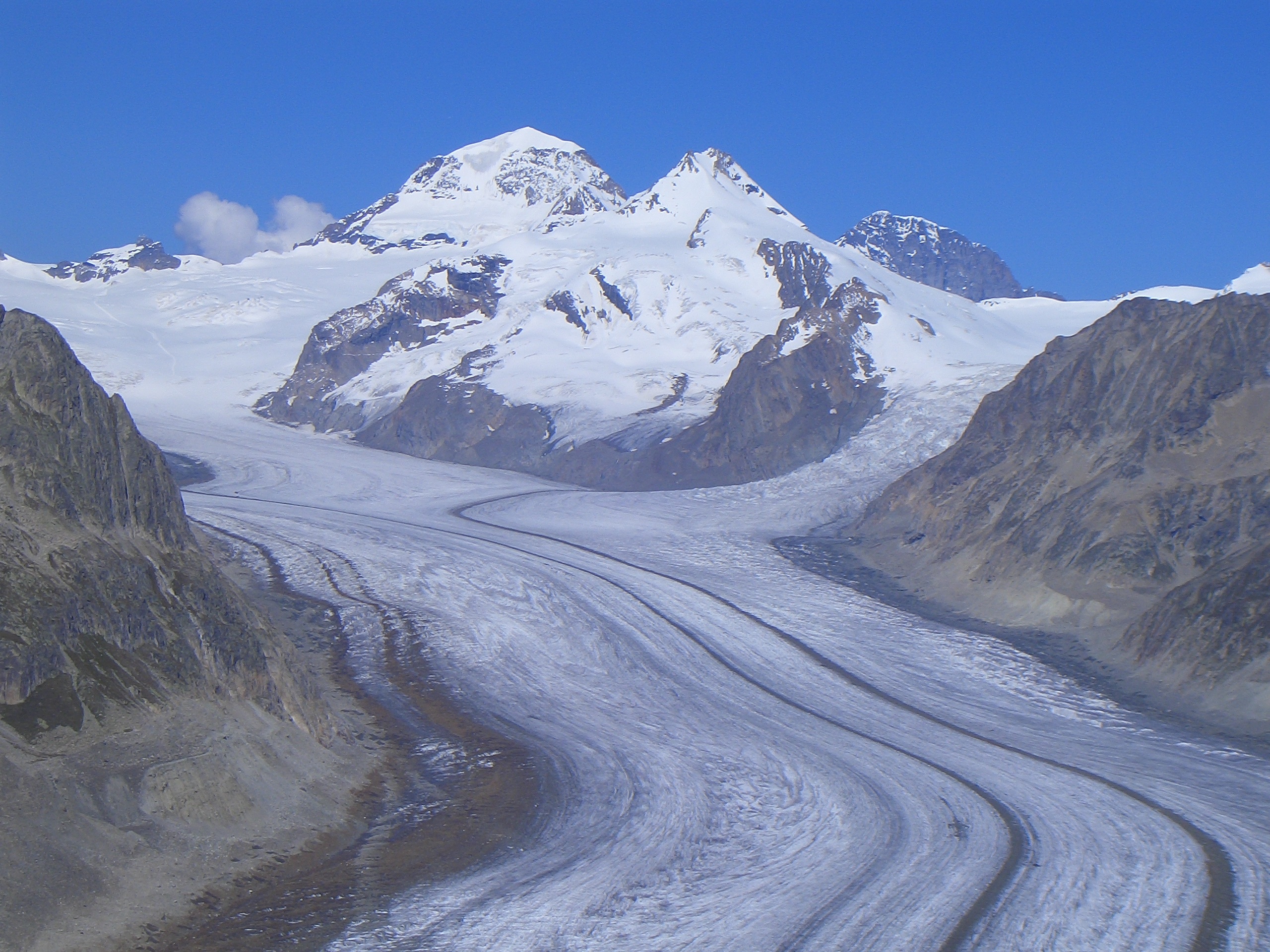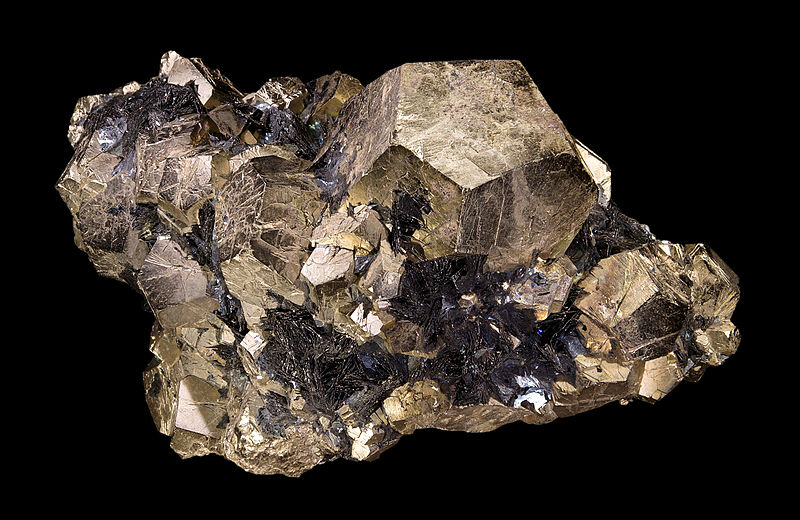Although oxygen composes 21% of the Earth’s atmosphere, oxygen levels are not stable. Through analysis of air bubbles caught inside ice cores (core samples of ice taken from ice sheets or glaciers) in Greenland and Antarctica, Princeton University researchers determined that oxygen levels dropped 0.7% over the past 800,000 years.

A sliver of Antarctic showing air bubbles trapped within it. Image from http://www.scienceimage.csiro.au/pages/about/, published under the Creative Commons license.
The full research article was published in the September 23 issue of Science journal. While the researchers are not sure why the oxygen drop occurred, researcher Daniel Stolper believes that it is due to the increase in global erosion rates. Erosion is the process in which earth is worn away, often due to processes like rain or wind. Grinding of rocks by glaciers (large bodies of ice that move under their own weight) results in erosion, and the growth of glaciers over the past tens of million years has increased Earth’s erosion levels.

Aletsch Glacier in Switzerland. Photograph by Mike Peel (www.mikepeel.net), published under the Creative Commons license.
How does erosion relate to oxygen levels? Erosion would expose increased pyrite and organic carbon to the atmosphere.

Pyrite from Tuscany, Italy. Image by Didier Descouens, published under the Creative Commons license.
Pyrite, colloquially known as “fool’s gold” for physically resembling gold, reacts with oxygen and removes it from the atmosphere. Organic carbon has been found to do the same thing.
In terms of immediate impact on Earth, the drop is trivial because of how slow it is. Organisms have had time to adapt to the change in atmospheric oxygen. However, atmospheric oxygen levels are linked to climate change and how organisms evolve, so understanding its trends is important. For example, changing oxygen levels can alter how living things adapt, and from an evolutionary standpoint, declining oxygen levels would prefer individuals and species who are more efficient with their use of oxygen.
Understanding oxygen levels can also be the key to understanding long-term weather trends, and further research could determine if there are any links between this observation about oxygen levels and the global warming crisis that we are facing today.
In addition, understanding the processes behind the declining oxygen levels and observing how living things have adapted to it over time could help humans understand what is needed for a habitable environment. With continued efforts to build a feasible human settlement in Mars, having a better grasp of what is needed for life on Earth would be important if humans are ever to colonize Mars. As lack of atmospheric oxygen is one of the major obstacles to life on Mars, understanding how living things on Earth react to lower levels of oxygen could allow for potential ideas on how to survive in Mars’ low-oxygen conditions.

Photograph of Mars by the Hubble Space Telescope. Public domain. Image by NASA.
Therefore, although these findings do not have an immediate impact on Earth, they carry big implications both for humanity’s future and understanding our planet’s past.
-Jasper Yoo

